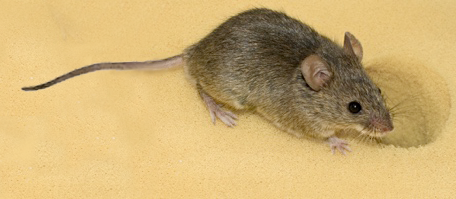Discrepant Phenotyping of Monocytes Based on CX3CR1 and CCR2 Using Fluorescent Reporters and Antibodies.
Abstract
Monocytes, as well as downstream macrophages and dendritic cells, are essential players in the immune system, fulfilling key roles in homeostasis as well as in inflammatory conditions. Conventionally, driven by studies on reporter models, mouse monocytes are categorized into a classical and a non-classical subset based on their inversely correlated surface expression of Ly6C/CCR2 and CX3CR1. Here, we aimed to challenge this concept by antibody staining and reporter mouse models. Therefore, we took advantage of Cx3cr1GFP and Ccr2RFP reporter mice, in which the respective gene was replaced by a fluorescent reporter protein gene. We analyzed the expression of CX3CR1 and CCR2 by flow cytometry using several validated fluorochrome-coupled antibodies and compared them with the reporter gene signal in these reporter mouse strains. Although we were able to validate the specificity of the fluorochrome-coupled flow cytometry antibodies, mouse Ly6Chigh classical and Ly6Clow non-classical monocytes showed no differences in CX3CR1 expression levels in the peripheral blood and spleen when stained with these antibodies. On the contrary, in Cx3cr1GFP reporter mice, we were able to reproduce the inverse correlation of the CX3CR1 reporter gene signal and Ly6C surface expression. Furthermore, differential CCR2 surface expression correlating with the expression of Ly6C was observed by antibody staining, but not in Ccr2RFP reporter mice. In conclusion, our data suggest that phenotyping strategies for mouse monocyte subsets should be carefully selected. In accordance with the literature, the suitability of CX3CR1 antibody staining is limited, whereas for CCR2, caution should be applied when using reporter mice.
| Authors: | Sommer K, Garibagaoglu H, Paap EM, Wiendl M, Müller TM, Atreya I, Krönke G, Neurath MF, Zundler S, |
|---|---|
| Journal: | Cells;2024 May 10;13(10):819 . doi:10.3390/cells13100819 |
| Year: | 2024 |
| PubMed: | PMID: 38786041 (Go to PubMed) |


